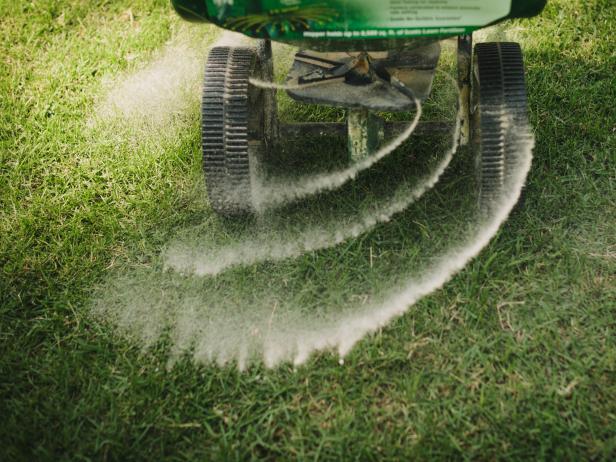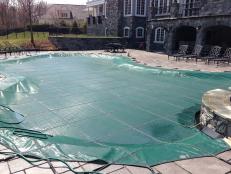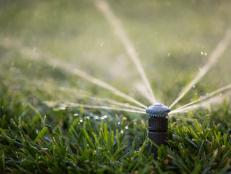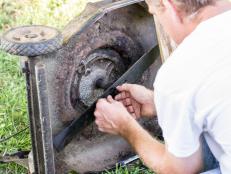How to Winterize Your Lawn
Learn what to do to prepare your lawn for winter. Taking the right steps in fall prepares your grass for quick spring greening.

Image courtesy of Ben Rollins.
Keep your turf in tip-top shape by preparing it properly for winter. This process, known as winterizing the lawn, involves simple steps that don’t require lots of time or money. When you winterize a lawn, you’re paving the way for lush, healthy spring turf.
The first step in winterizing a lawn is knowing what type of grass you have. Warm-season turf includes Bermuda, centipede, St. Augustine and zoysia. Cool-season turf usually contains fescue, Kentucky bluegrass or perennial ryegrass. Both warm- and cool-season grasses benefit from specific actions in fall to prepare them for winter.
Cool-season grasses grow most strongly in fall. Many lawn care experts recommend that if you choose to fertilize your cool-season lawn only once each year that you should do so in fall. The lawn fertilizer typically available in fall is called winterizer fertilizer. In most locations, you should aim to apply winterizer fertilizer in October or November. Check with your local extension service or garden center to time it right for your region.
The reason that fall fertilizing is so effective is because plants respond to external triggers in fall to start the process of preparing for winter. These triggers are things like daylength and temperature changes. As days shorten and air becomes cool, plants—including turf grass—respond by slowing growth and shifting food reserves from leaves to roots. Although air temperature continues to fall, plant roots remain active in soil. This is true of many different kinds of plants, including grass.
Shifting excess nutrients to roots is the secret to plants’ return each spring. Those stored food reserves fuel the spring wake-up. The same is true of your lawn. By fertilizing grass in fall, you’re feeding the active roots and giving them even more nutrients to store for winter.
When spring arrives with longer days and warmer air, grass blades sense the seasonal change and respond by kicking into growth gear, drawing upon those food reserves. Grass that is fed in fall greens up quickly in spring, growing thick and lush. A thick lawn crowds out weeds.
When winterizing a lawn, fertilizing is most critical for cool-season grasses. Treat warm-season lawns differently. In regions where late fall brings freezes, warm-season turf grass typically goes dormant in winter. In these areas, do not fertilize warm-season grasses after September 1, or you risk fueling new growth that will be damaged by freezes. This type of damage makes roots more susceptible to stress and damage.
Winter Gardening Don'ts 21 Photos
Protect your garden this winter by avoiding common mistakes that put plantings at risk.
In mild winter regions, warm-season grass stays green through winter. In these areas, you do want to fertilize the lawn in early autumn. Apply a fertilizer with a slow-release nitrogen source at modest rates to fuel long-term steady grass growth—which crowds out winter weeds.
With all lawn fertilization, don’t just do it mindlessly. If you already have a lawn that’s healthy and thick, and if you’re not sure when the last time you fertilized was or if you even need to fertilize, take a soil test. That’s the most definitive way to apply the right amount and type of fertilizer.















































